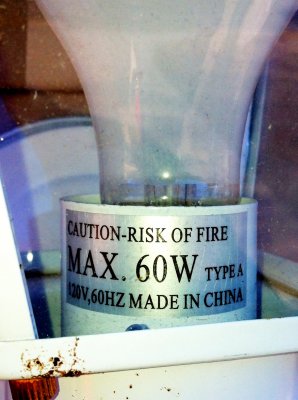Bump.
I was reading an article about the phase-out of incandesent bulbs after the 1st of the year & it got me thinking of repro bulbs & if they are included. I know that certain incandesents are stil legal to make & buy such as those that are used in appliances, roug service, marine & auto.
Thanx!!!
Charlie
It is my understanding that the retro bulbs are exempt, because of there low wattage.



